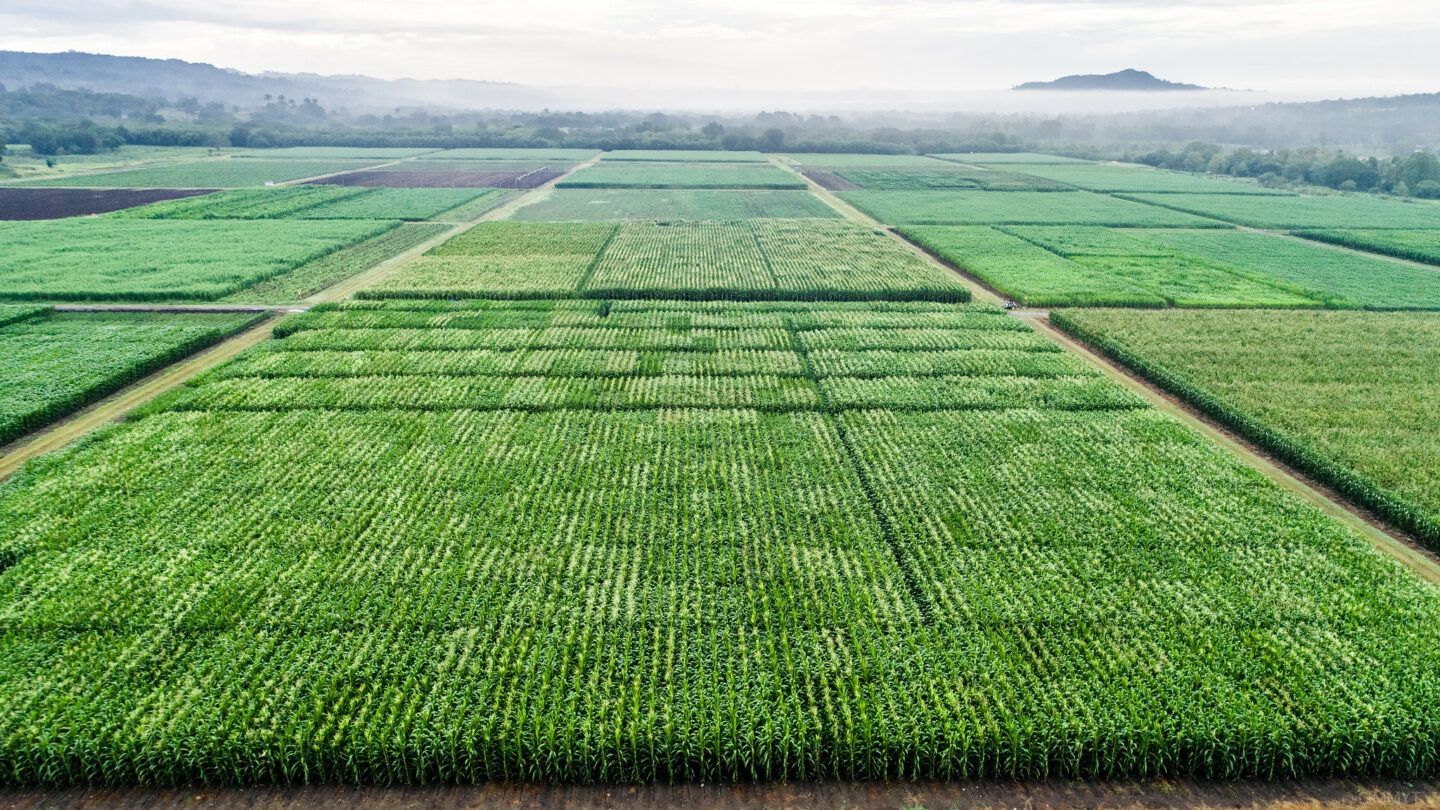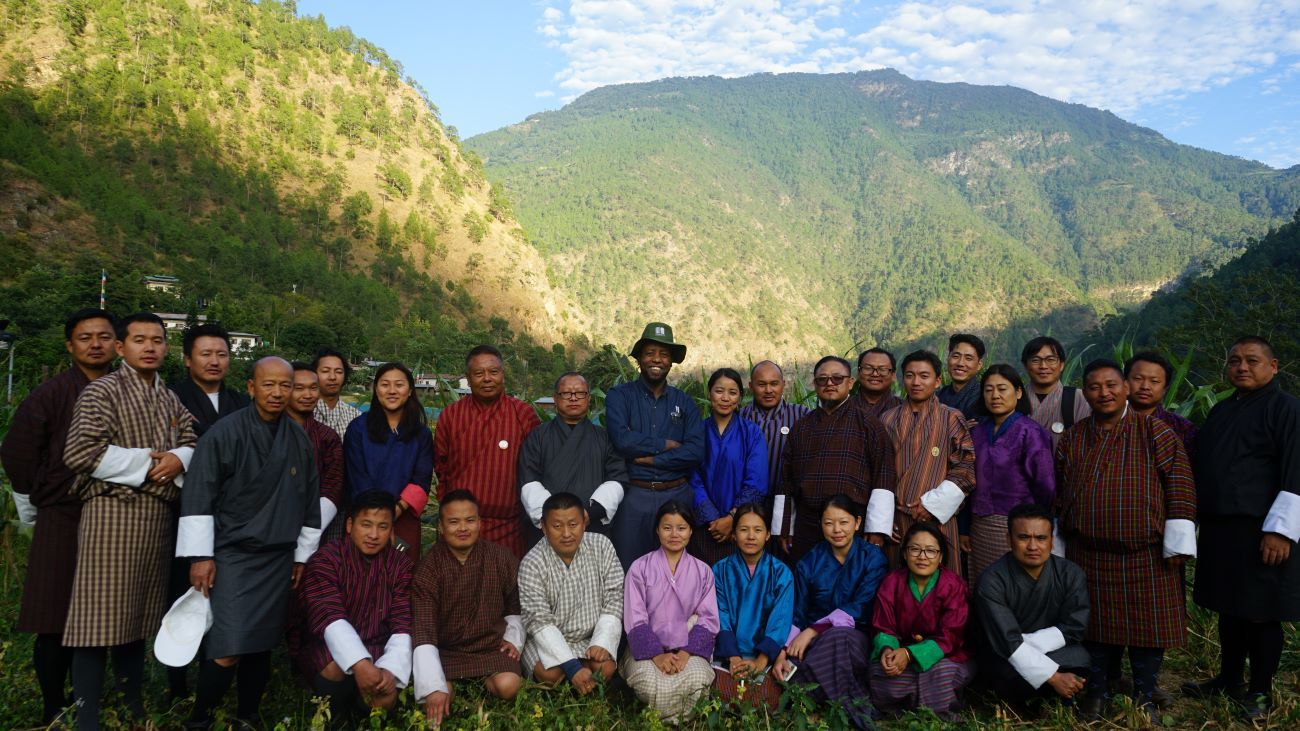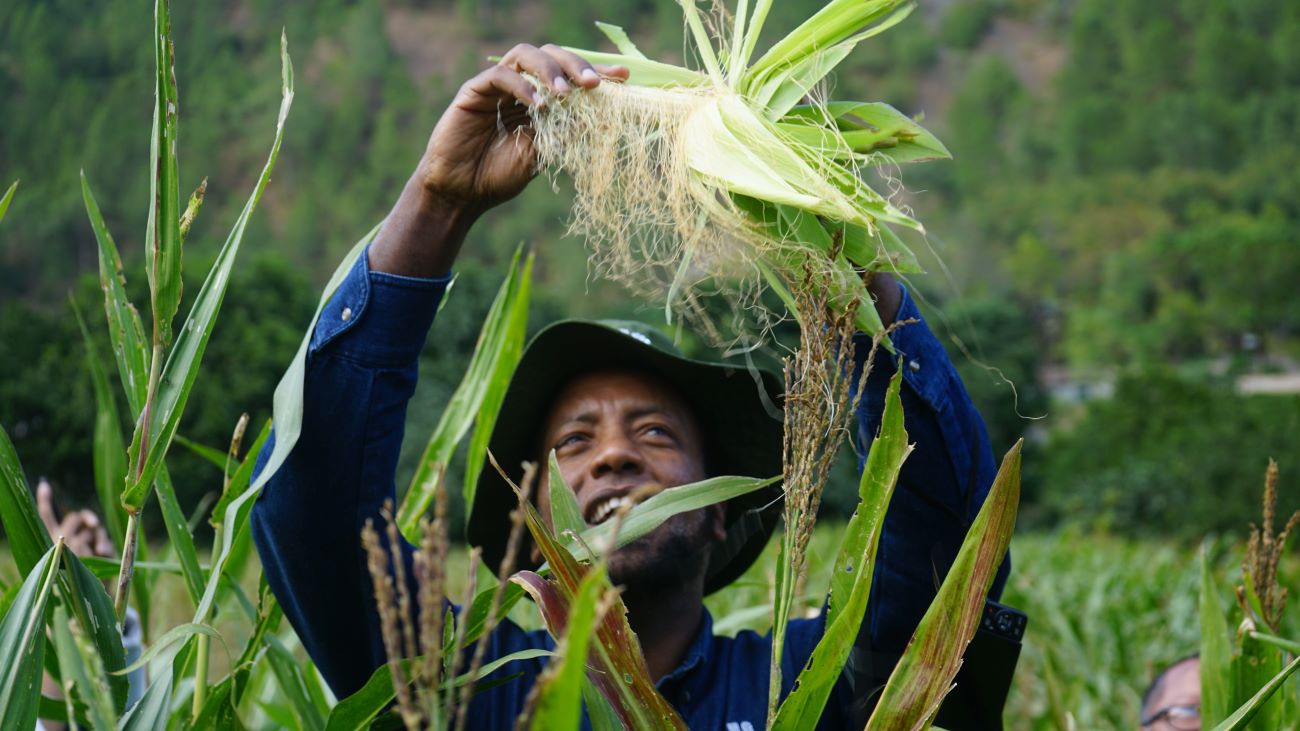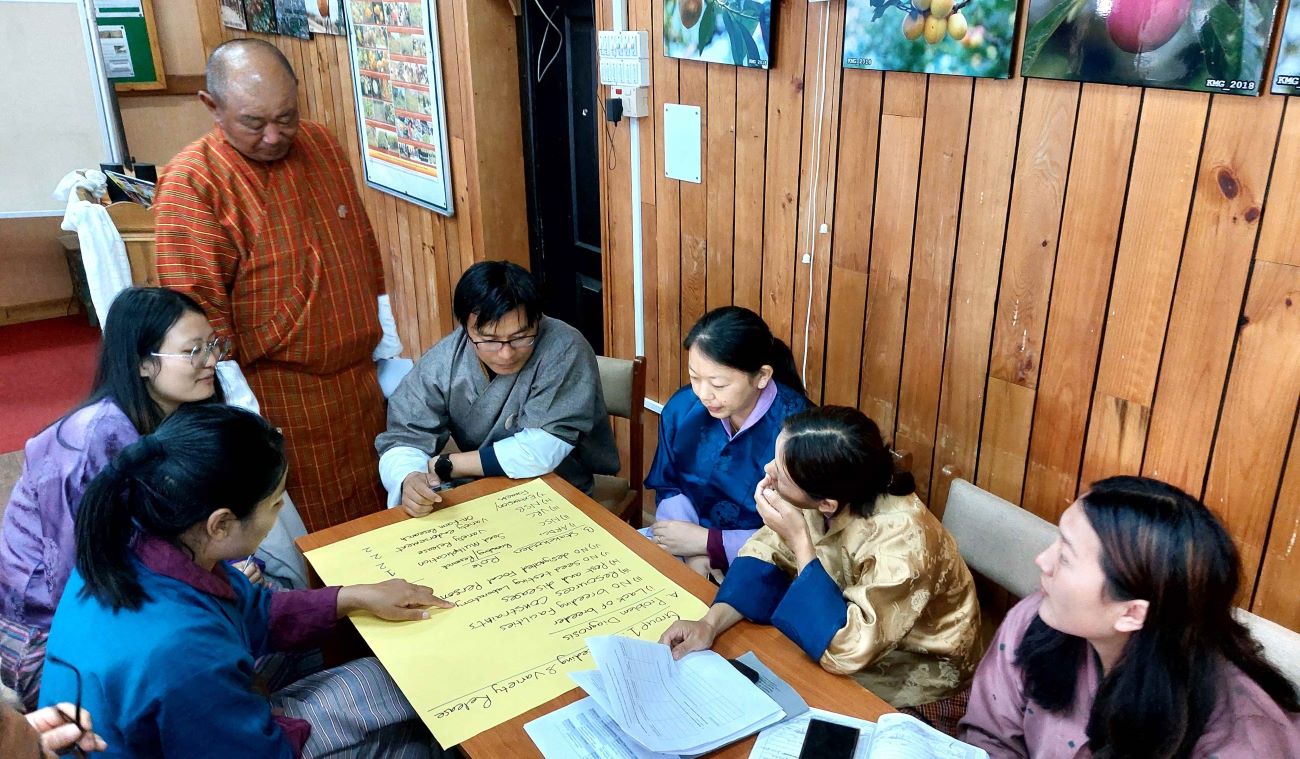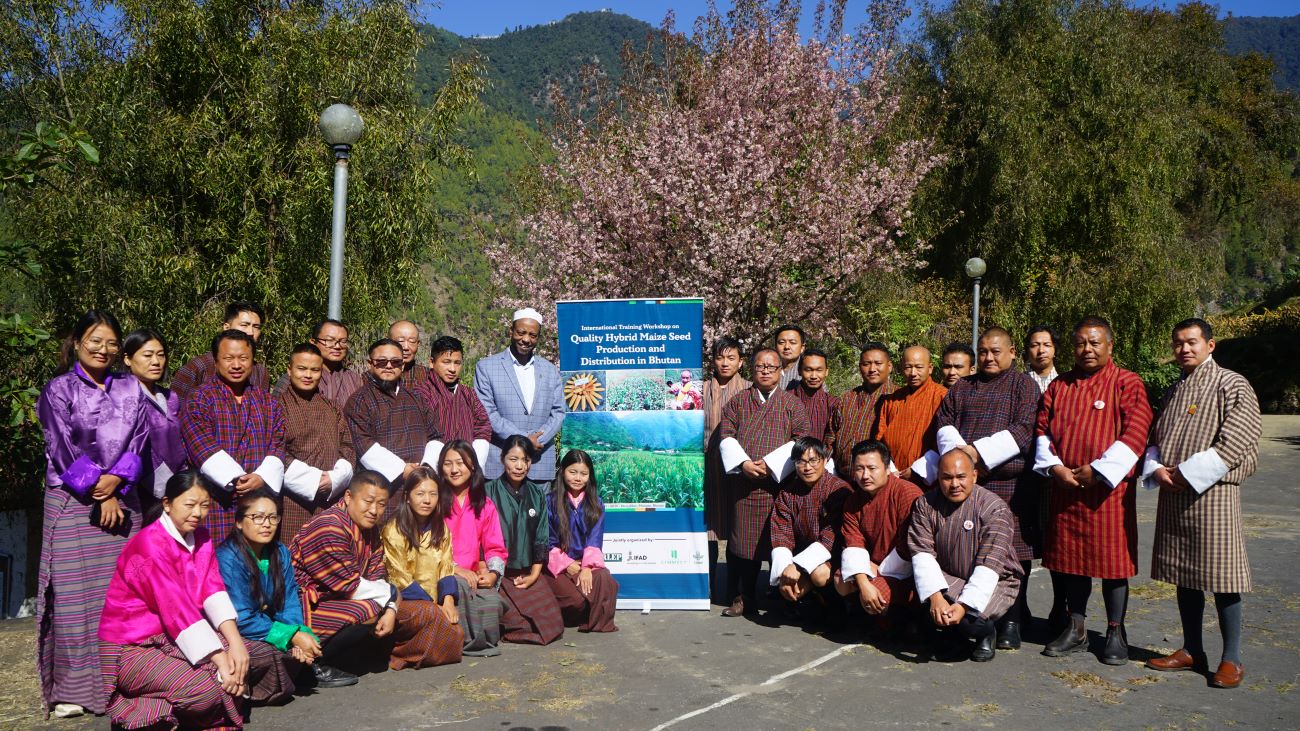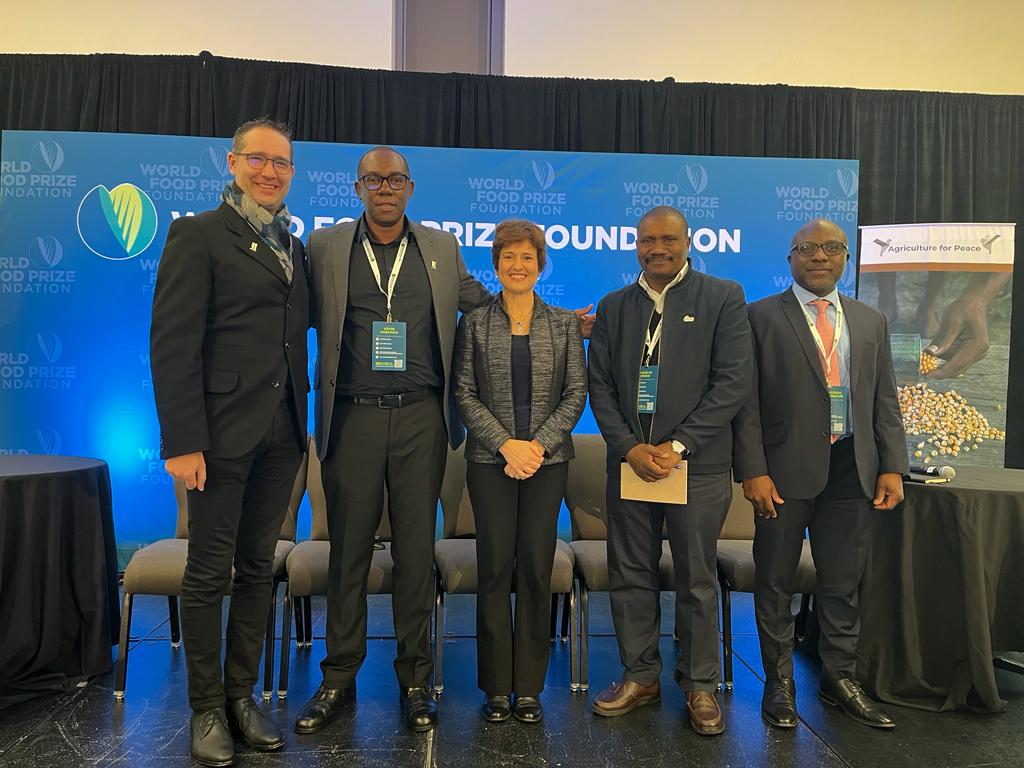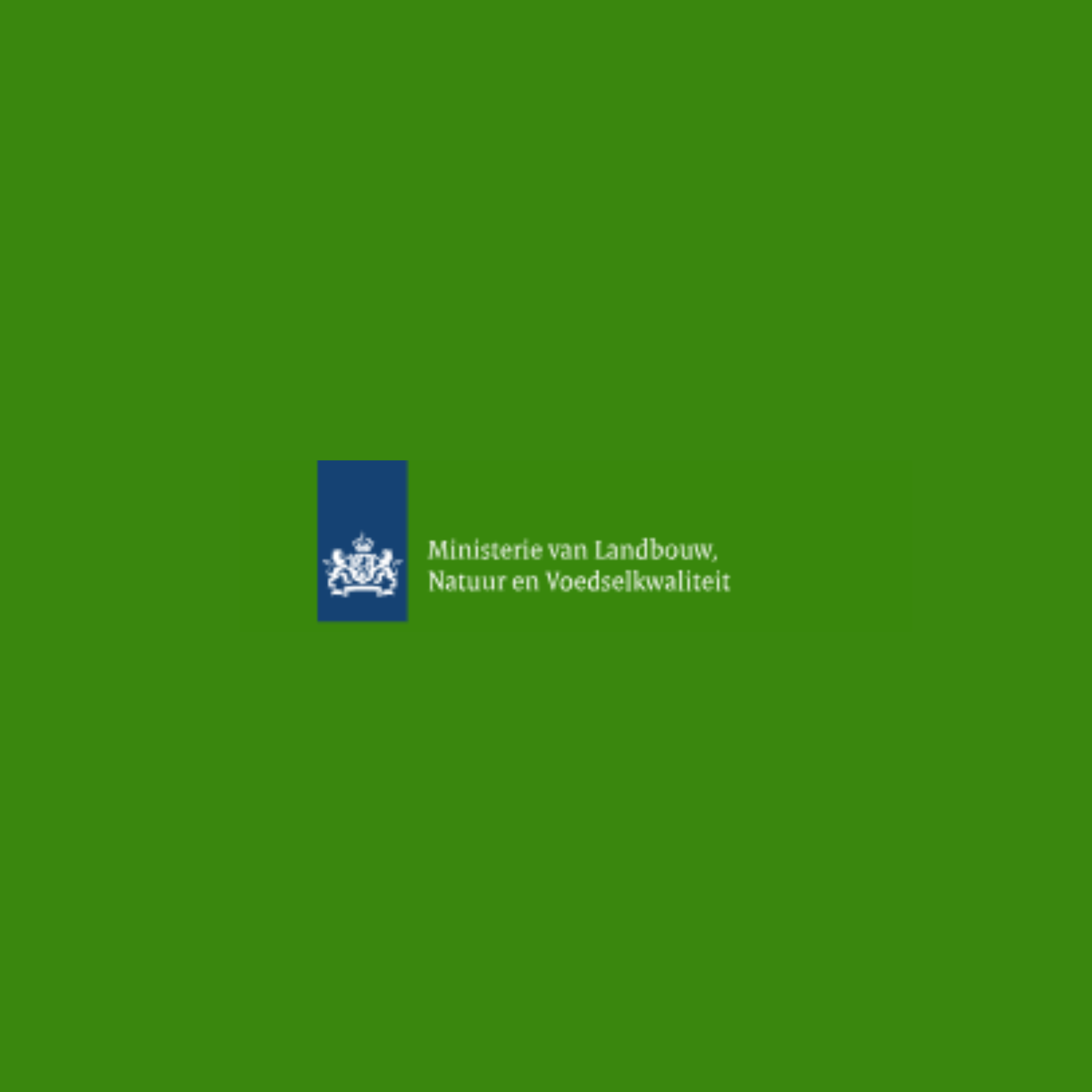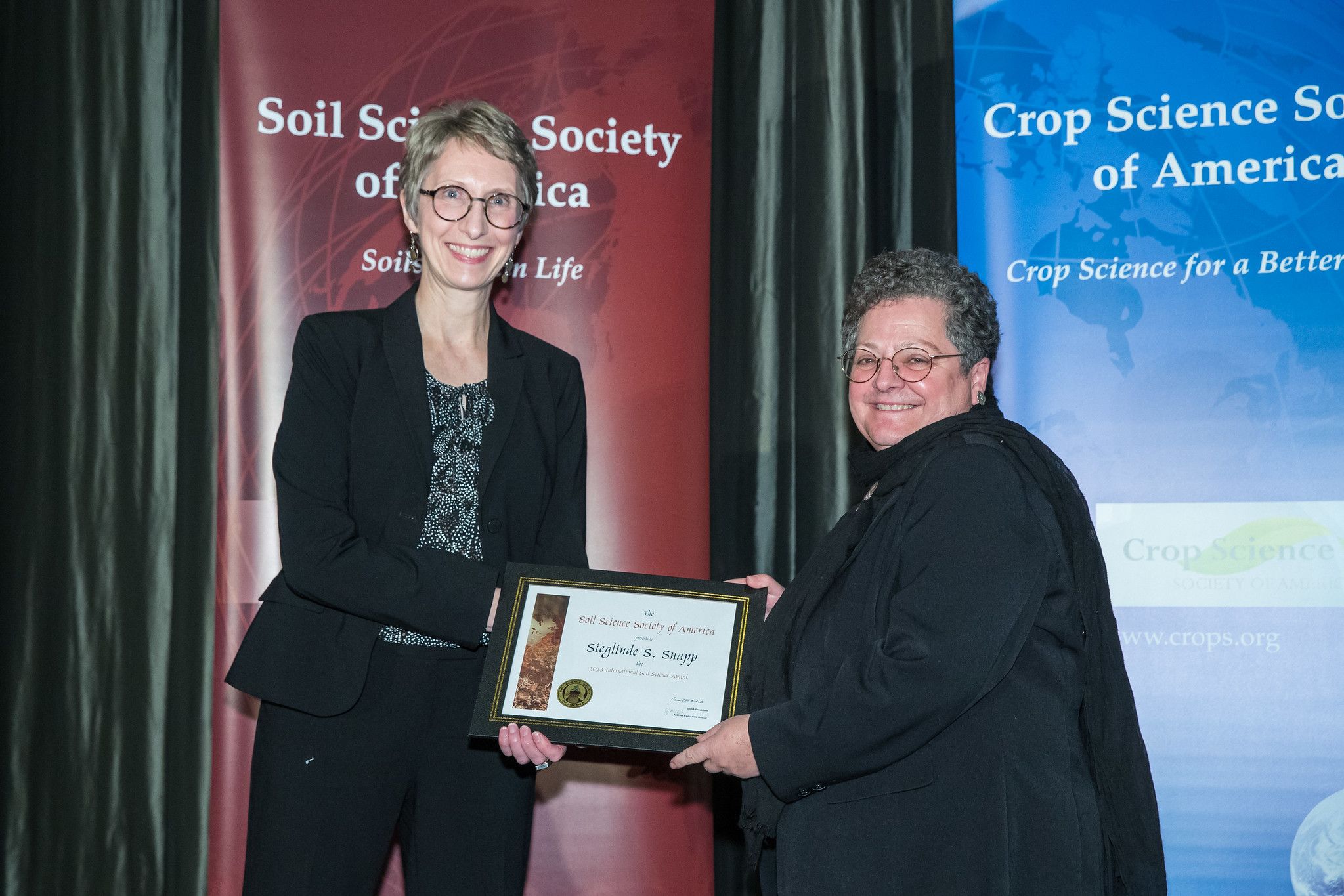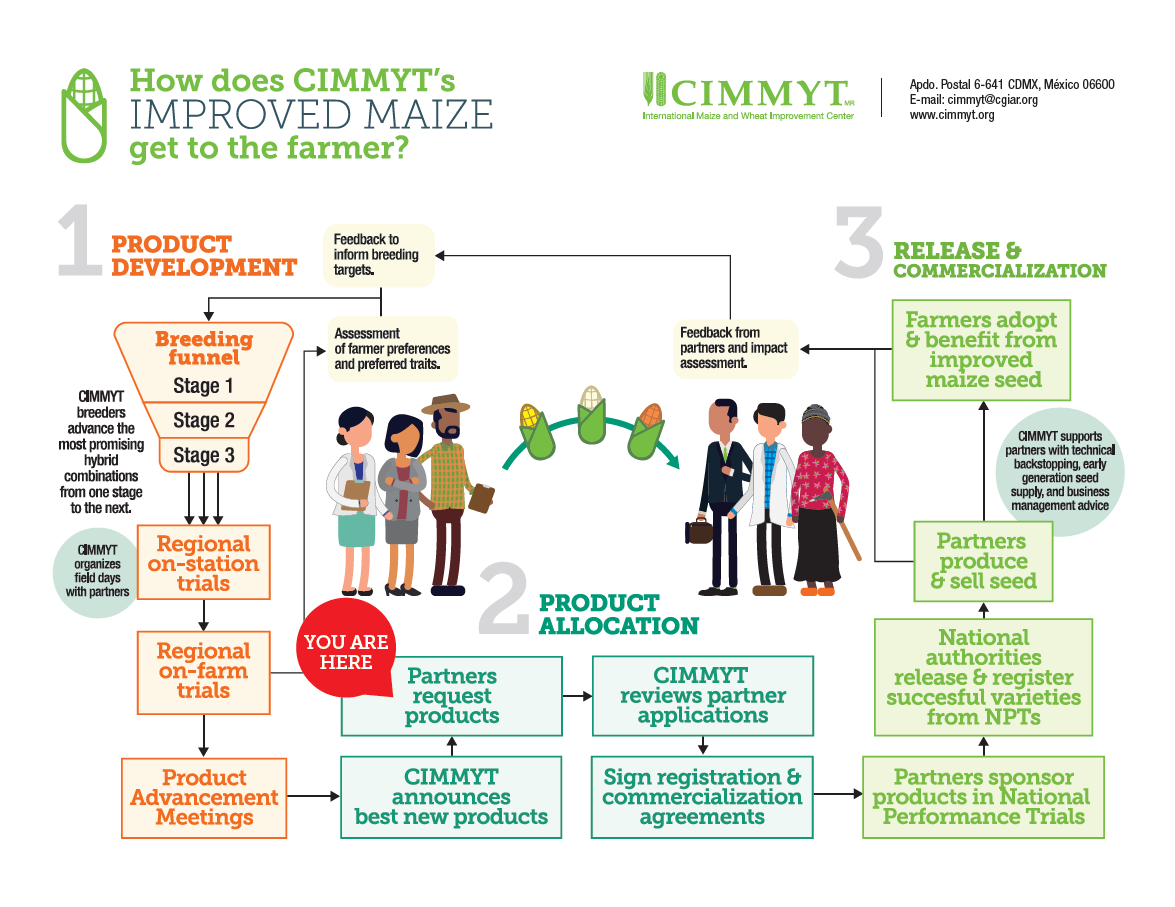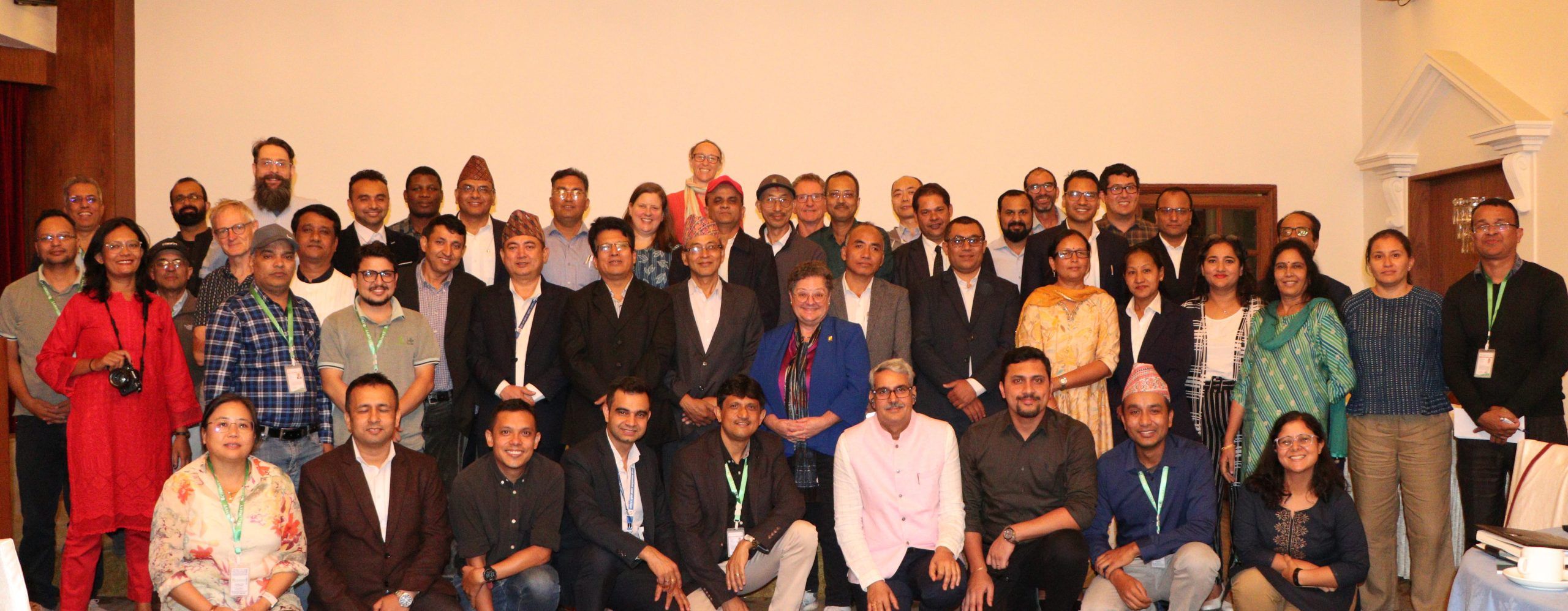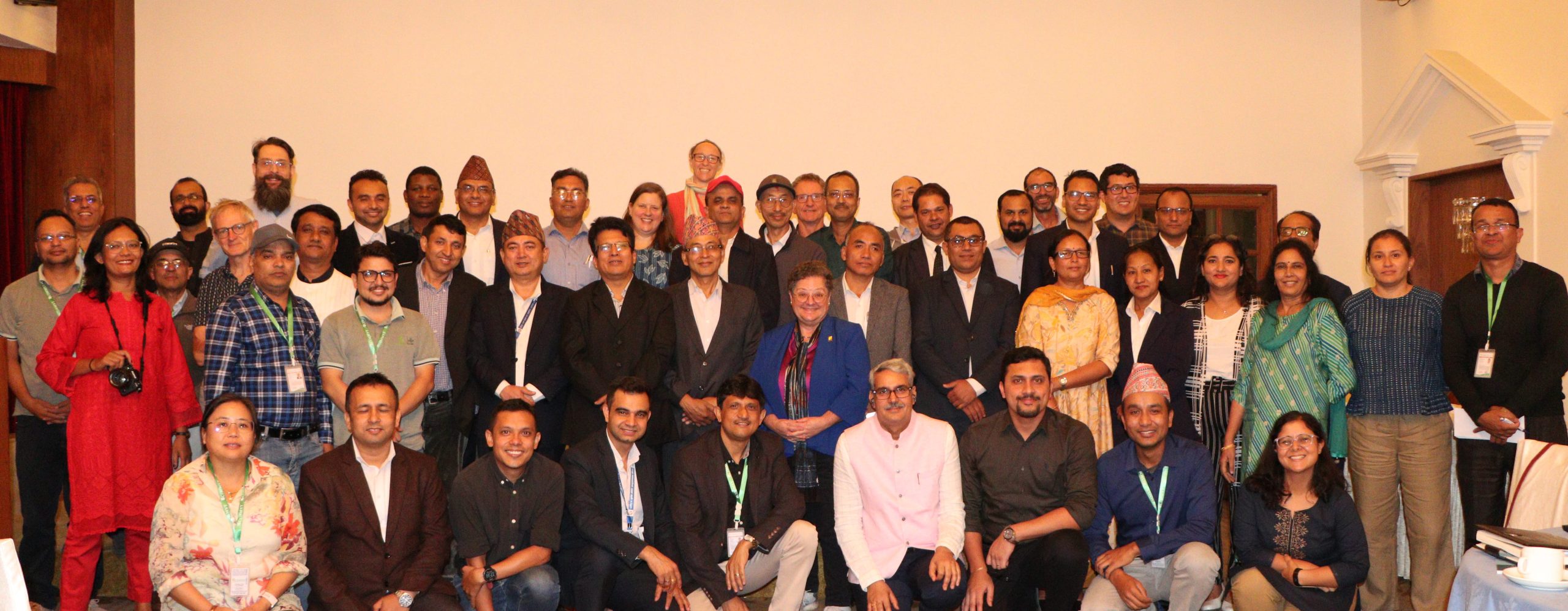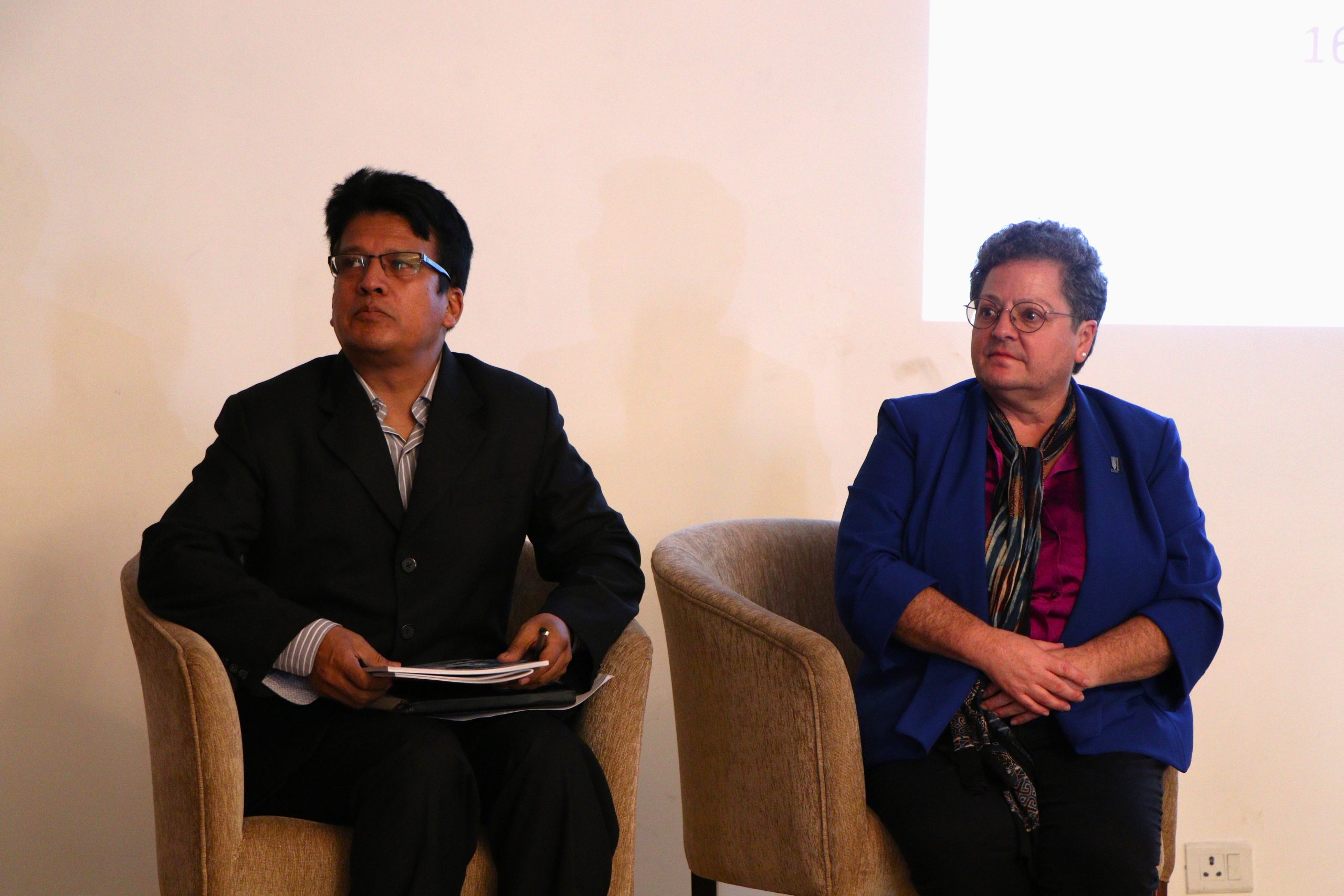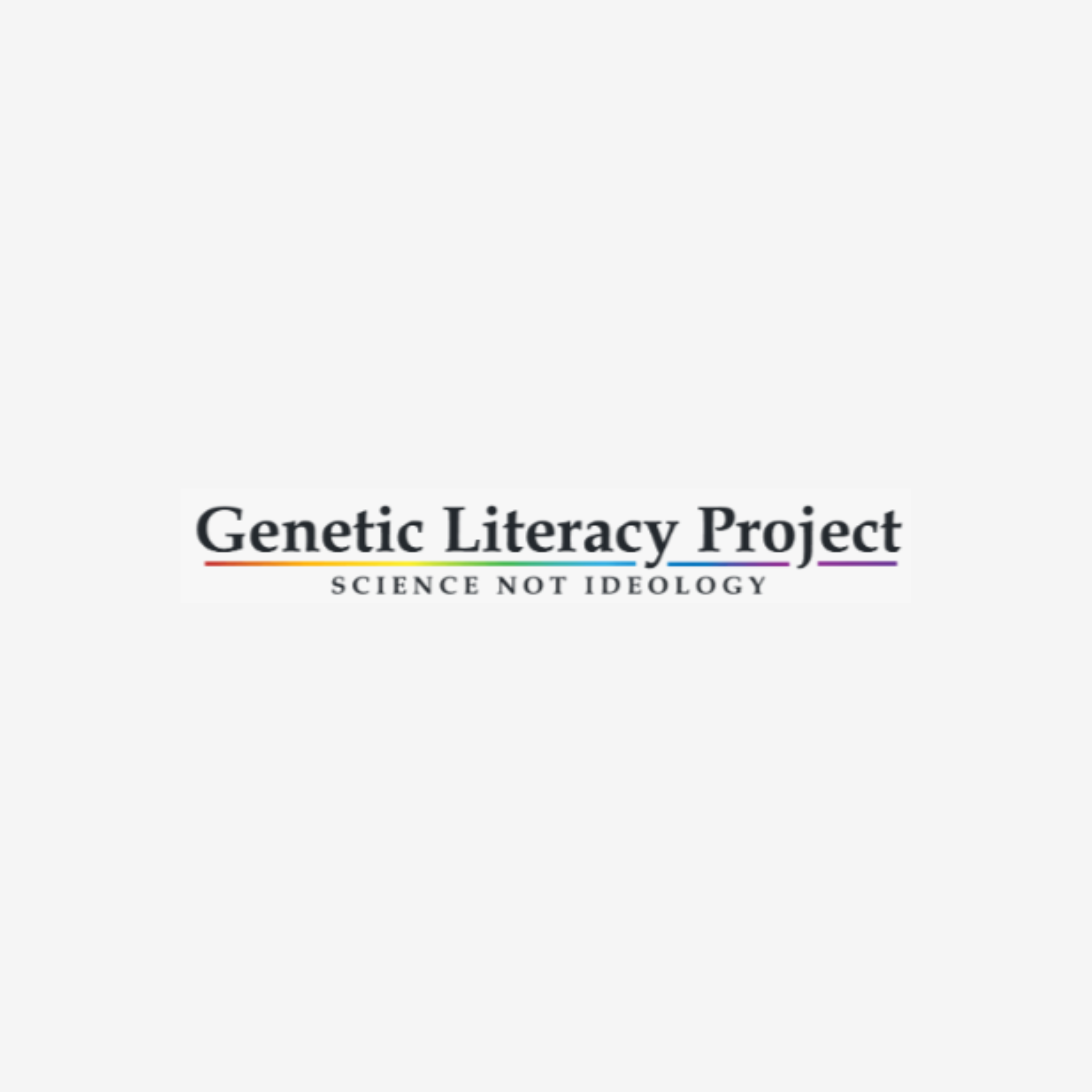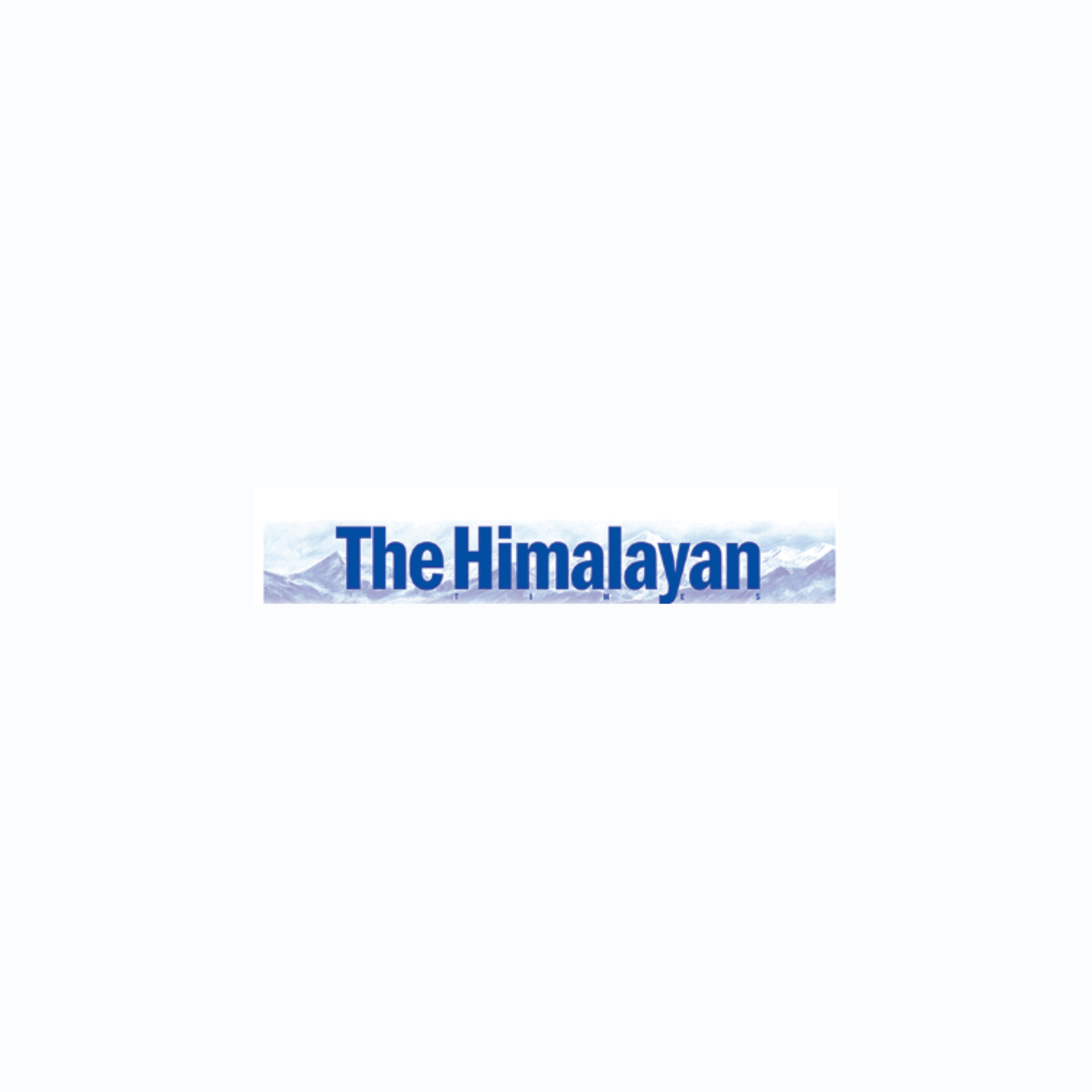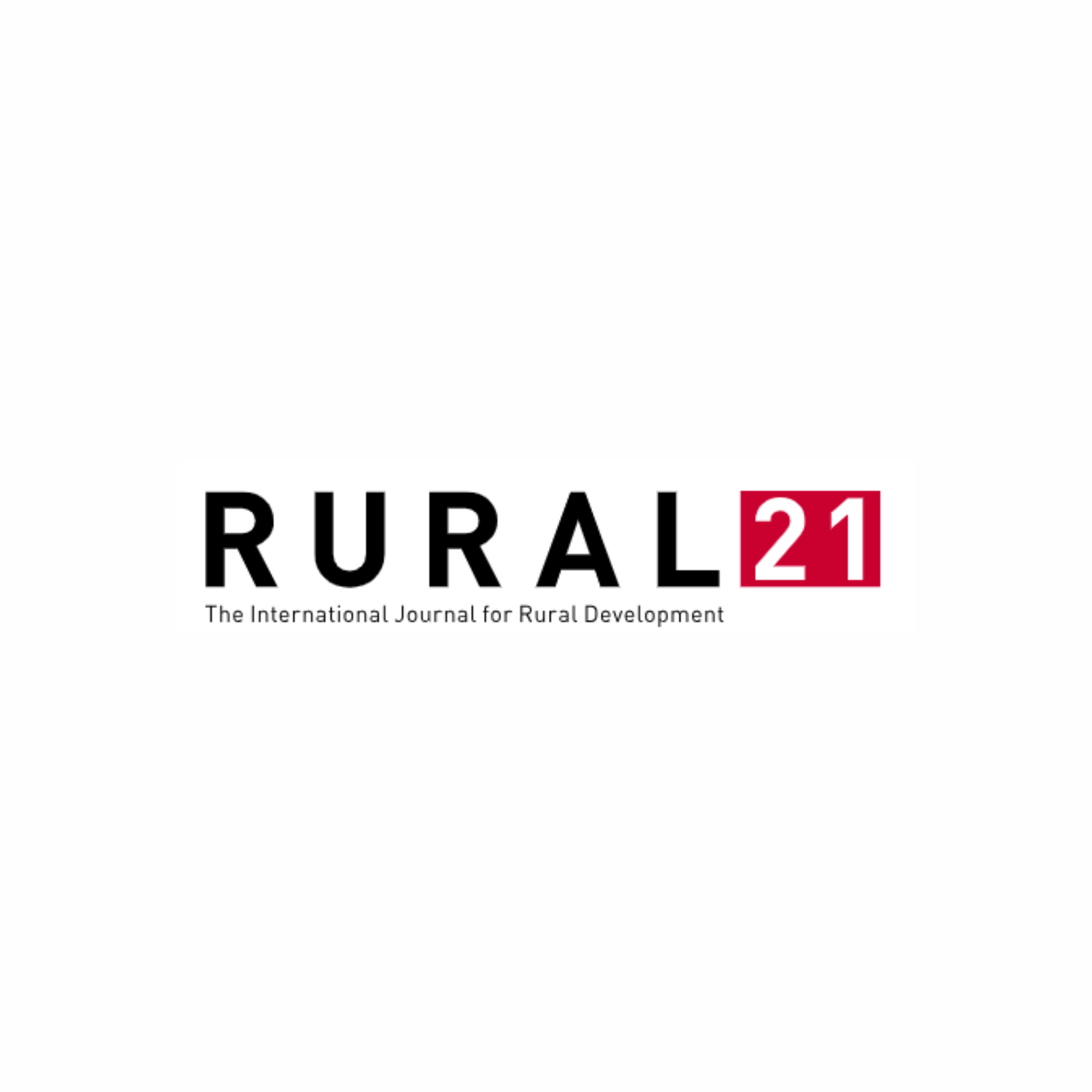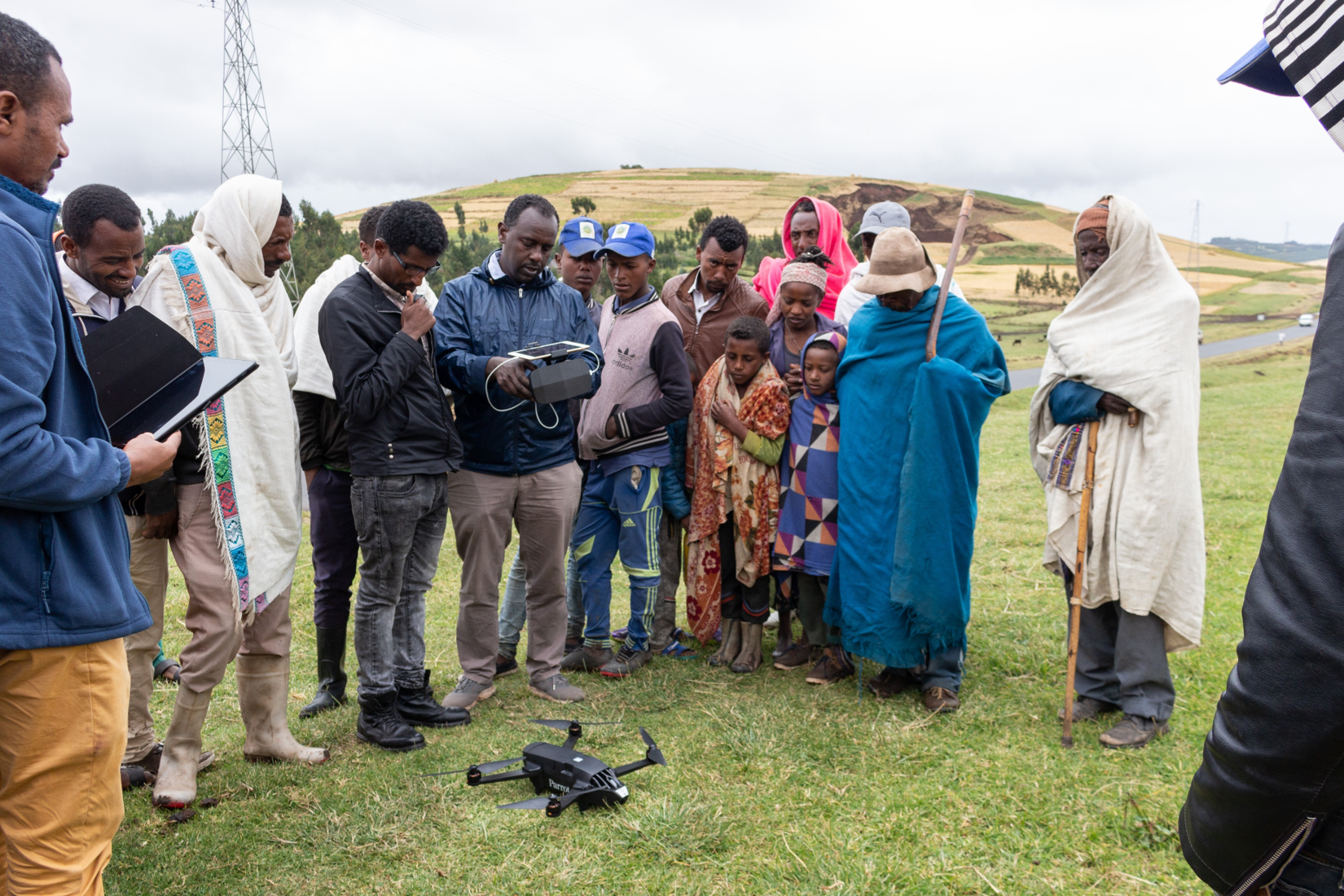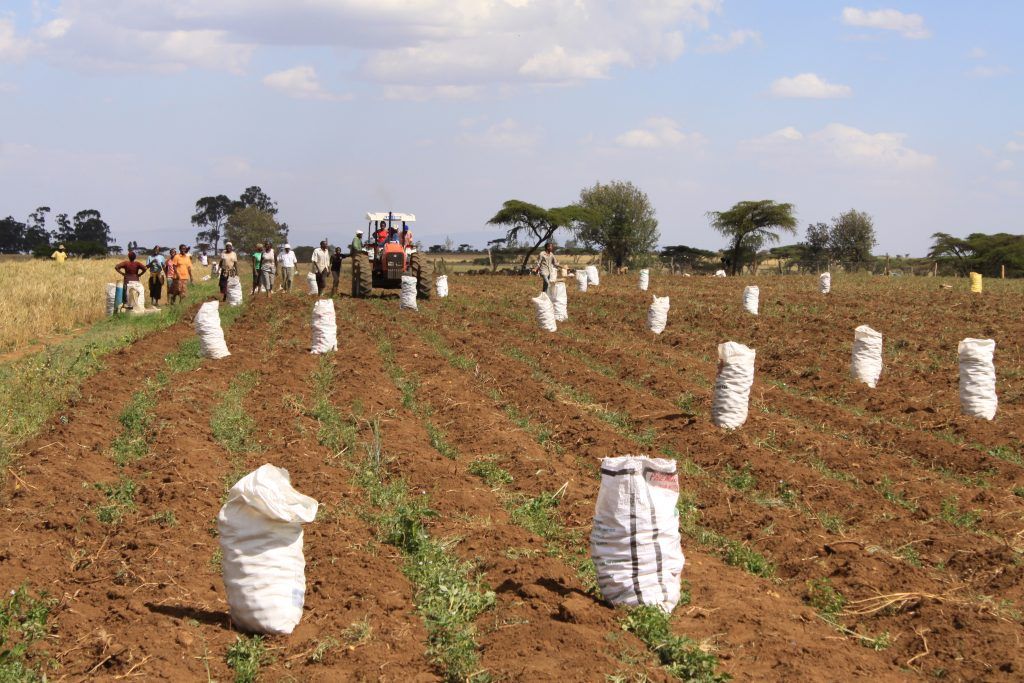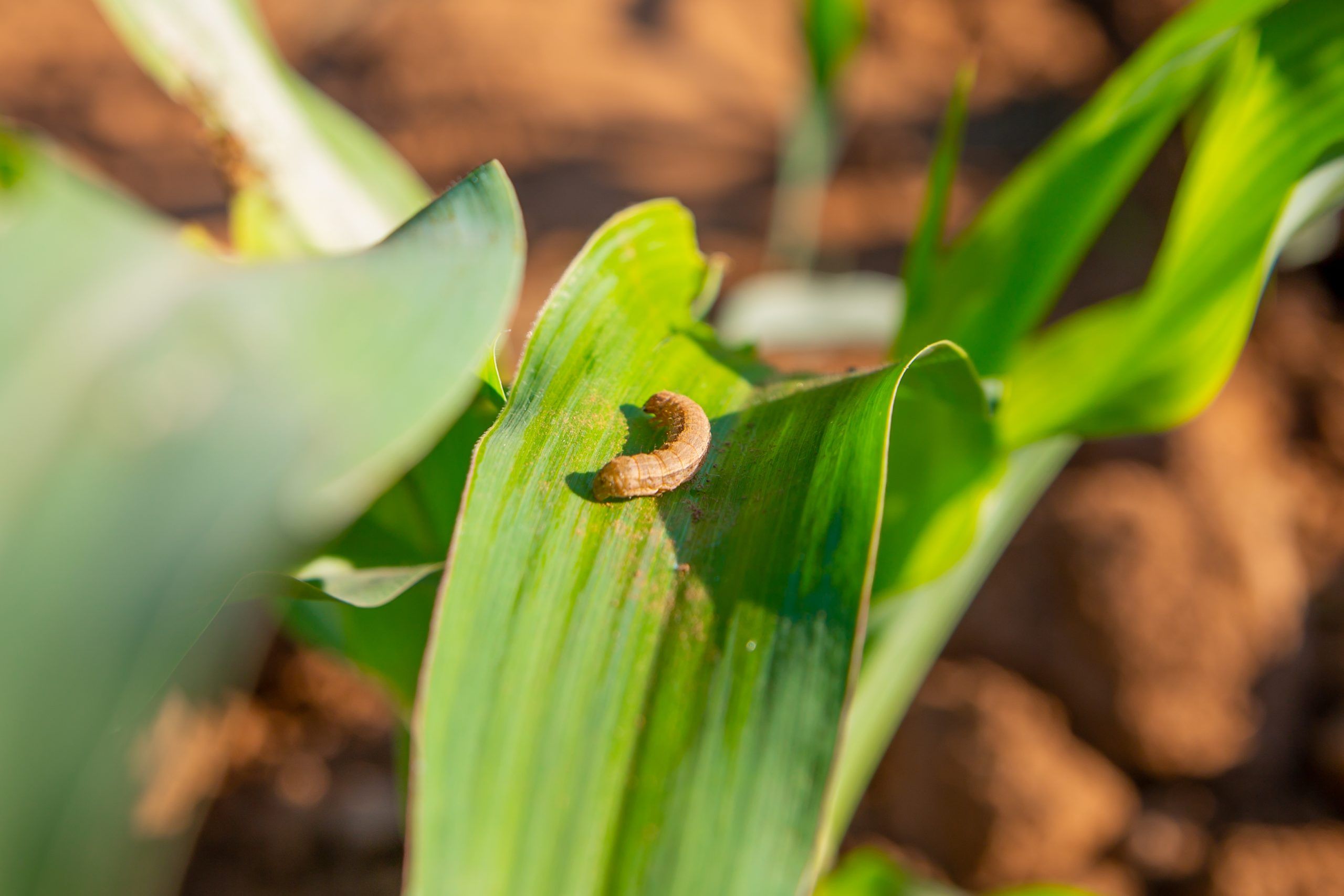How CGIAR maize breeding is improving the world’s major staple crop for tropical regions
Maize production is surging due to its diversified end uses. While it is already the first staple cereal globally, it is expected to emerge as the world’s predominant crop for cultivation and trade in the coming decade. Globally, it serves primarily as animal feed, but it is also a vital food crop, particularly in sub-Saharan Africa, Latin America, and in some areas in Asia.
Climate change is, however, altering the conditions for maize cultivation, especially in the rainfed, stress-prone tropics. Abiotic stresses like heat, drought, and floods, as well as biotic threats such as diseases and insect pests are becoming more frequent. These have a disproportionate impact on the resource-constrained smallholders who depend on maize for their food, income, and livelihoods.
In a race against time, crop breeders are working to enhance maize’s resilience to the changing climates. Among others, CIMMYT and the International Institute of Tropical Agriculture (IITA), working within CGIAR’s Accelerated Breeding Initiative, are utilizing breeding innovations to develop climate-resilient and nutritionally enriched maize varieties needed by the most vulnerable farmers and consumers.
Better processes
Improving maize yields in the rainfed, stress-prone tropics is challenging. Nevertheless, CGIAR’s efforts have significant impacts, as breeding programs embraced continuous improvement and enhanced efficiency over the years.
To increase genetic gains, CIMMYT maize breeding program implemented a systematic continuous improvement plan. Sixty percent of CIMMYT’s maize lines in Eastern and Southern Africa (ESA) are now developed through technologies that speed up breeding cycle and improve selection intensity and accuracy; these include doubled haploid technology, high-throughput phenotyping, molecular marker-assisted forward breeding, and genomic selection. The breeding cycle time has been reduced from five or six years to only four years in most of the maize product profiles. Product advancement decisions now incorporate selection indexes, and specialized software aid in the selection of parental lines for new breeding starts.
CIMMYT and IITA maize teams are working together to investigate several key traits in maize for discovery, validation, and deployment of molecular markers. CGIAR maize team developed a framework for implementing a stage-gate advancement process for marker-trait pipeline, which enables informed decision-making and data-driven advancements at multiple stages, from marker-trait discovery proposal to marker discovery, validation, and deployment. Consolidating research efforts and implementing this process is expected to increase efficiency and collaboration in maize breeding programs.
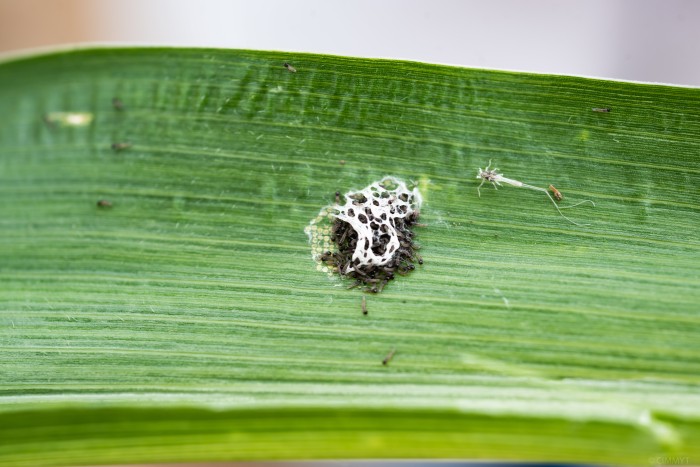
At the end of the breeding process, breeders must ensure the quality assurance and quality control (QA/QC) of the parental lines of the new varieties. Seed quality, which includes genetic purity, genetic identity, and verification of parentage – is critical in maize breeding and commercial seed production.
CIMMYT has worked to enhance the capacity of NARES and seed company partners in Eastern and South Africa (ESA), Asia, and Latin America, in utilizing molecular markers for QA/QC in breeding and commercial seed production. This has resulted in more reliable and accurate outcomes. In addition, webinars and user-friendly software have boosted results for NARES maize breeders, regulatory agencies, and seed companies. These combined efforts mean a dependable, cost-effective, and efficient QA/QC system for the maize seed value chain in the Global South.
Better tools
With traditional means, obtaining a genetically homozygous or true-to-type maize line requires six to eight generations of inbreeding, and thus, more than ten years for developing a new hybrid. The technique of doubled haploid (DH), which enables derivation of 100% genetically homozygous lines in just two generations, is now integral to modern maize breeding. CIMMYT has pioneered the development of tropical maize DH technology, by developing and disseminating tropicalized haploid inducers, establishing centralized DH facilities in Mexico, Kenya and India, and providing DH development service to partners.
Regional on-farm trials (ROFTs) is a crucial step in maximizing the impact of breeding investments. ROFTs help scientists understand performance of the pipeline hybrids under diverse farmers’ management conditions, besides environment, soil variability, etc.
In ESA, ROFT networks for maize are expanded significantly over the last few years, from 20-30 sites per product profile to up to 300 sites, encompassing a wide range of smallholder farming practices. The experimental design was simplified to use less germplasm entries to be tested per farm, making it easier for the farmers to participate in the network, while improving data quality. Collaboration with NARES, seed companies, NGOs, and development partners was significantly stepped up to capture the social diversity within the target market segments. Gender inclusion was prioritized.
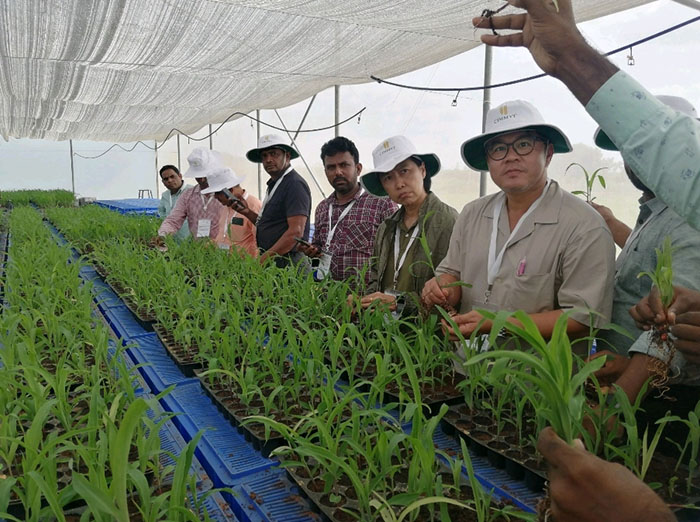
Strengthening the capacity of NARES and SMEs to systematically access and utilize improved maize germplasm is critical for increasing genetic gains in the stress-prone tropics. But partner institutions are at different stages of evolution, which means capacity strengthening must be tailored to institutional strengths and constraints.
Accelerated Breeding has been strengthening regional CGIAR-NARES-SME collaborative maize breeding networks via activities such as exchanging elite tropical germplasm (inbred lines, trait donors, and breeding populations) through field days, and widely disseminating CIMMYT maize lines (CMLs) requested by institutions globally.
Partners participate in CGIAR maize stage-advancement meetings – they are given access to multi-location trial data and participate in the selection process of promising hybrids to be advanced from the different breeding stages. CGIAR maize teams also assessed the capacity of different NARES institutions, and formulated continuous improvement plans in consultation with respective NARES teams for further support.
Better varieties
Systematic integration of new breeding techniques and innovations in CGIAR maize breeding pipelines are leading to better varieties, at a much faster pace, and at lower cost. Given the impacts of climate change, this is indeed the need of the hour.
Maize breeders need to respond rapidly to emerging and highly destructive insect-pests and diseases. For instance, the invasion of fall armyworm (FAW) in Africa (since 2016) and Asia (since 2018) has ravaged maize crops across more than 60 countries. CGIAR maize team in Africa responded to this challenge and made progress in identifying diverse sources of native genetic resistance to FAW, resulting in elite hybrids and open-pollinated varieties (OPVs) adapted to African conditions.
Since 2017, CIMMY has strengthened the maize insectary capacity of KALRO-Katumani by optimizing the FAW mass rearing protocol and screening of maize germplasm under FAW artificial infestation at Kiboko Station, Kenya. The station now has sixteen 1,000m net houses. The intensive work since 2018 led to identification of FAW-tolerant inbred lines by CIMMYT and their distribution to over 90 public and private institutions in 34 countries.
NARES partners across 13 countries in Africa have undertaken national performance trials of three FAW-tolerant hybrids developed by CIMMYT. Kenya, Zambia, Malawi, South Sudan and Ghana released the three hybrids in 2022-23, while several more countries are expected to release these hybrids in the coming months.
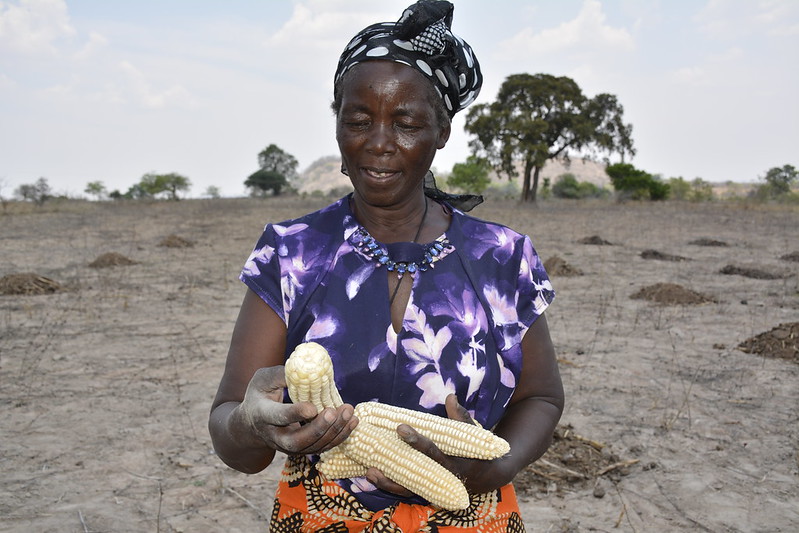
Climate change is also exacerbating maize diseases. Affecting at least 17 countries in the Americas, the Tar Spot Complex (TSC) disease affects maize in the cool and humid regions. It causes premature leaf death, weakens plants, and reduces yields by up to 50%. CIMMYT maize team in Mexico has mapped genomic regions conferring TSC resistance, and is using these markers in breeding programs.
The Global South is also particularly vulnerable to drought and high temperature stresses. In the past five years, 20 drought- and heat-tolerant maize hybrids have been released in Asia, including Bangladesh, Bhutan, India, Nepal, and Pakistan. Socio-economic studies in India and Nepal showed that farmers who adopted these hybrids realized higher grain yields, and increased income compared to the non-adopters.
In 2022, certified seed production of CGIAR multiple stress-tolerant maize varieties reached 181,119 metric tons in sub-Saharan Africa (from 72,337 tons in 2016). This is estimated to cover ~7.4 million hectares, benefiting over 46 million people in 13 countries.
With maize facing unprecedented threats from climate change-induced stresses in the rainfed stress-prone tropics, CGIAR maize breeding programs working closely with NARES and private sector have demonstrated remarkable success in breeding as well as deploying climate resilient maize. These efforts rely on better processes and modern breeding tools, leading to drastically reduced breeding cycle time, cost saving, and improved efficiency.
The resulting improved varieties–resilient to major environmental stresses, diseases and insect-pests–are increasingly adopted by smallholders across sub-Saharan Africa, South Asia, and Latin America, showing that tomorrow is already here. The work continues to ensure that maize remains a constant source of food security and prosperity for generations to come in the tropical regions.
